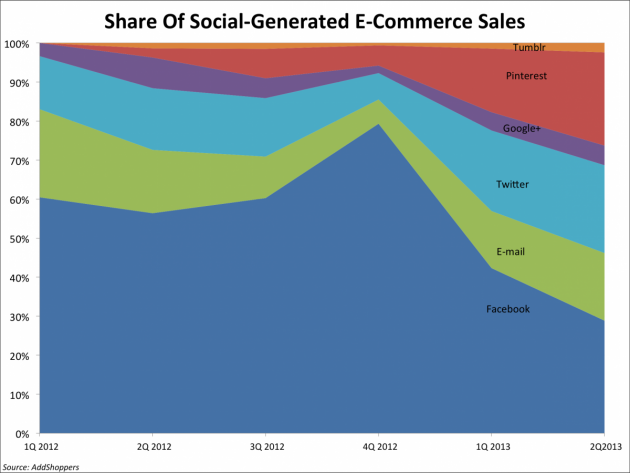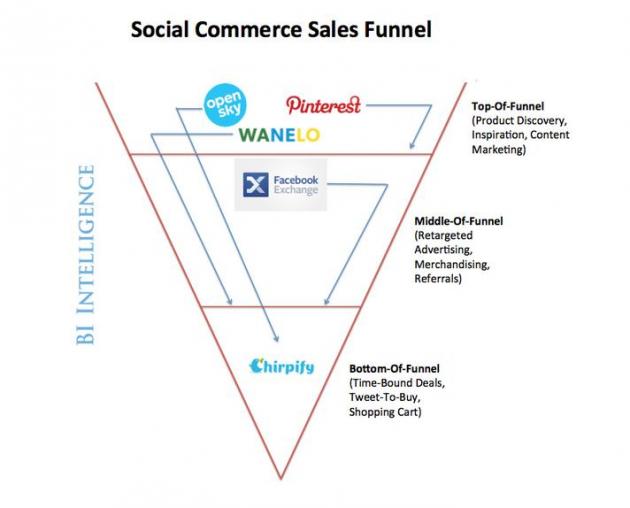How Social Commerce Companies Are Driving Sales
2013.10.11

A new report shows that more companies are turning to social commerce space to add more value at different stages of the retail and e-commerce process.

This includes e-commerce platforms, partnering with brands, or otherwise transforming social commerce's strengths in Pinterest-style digital window-shopping into a clear value proposition. Below are a couple of other ways that companies use social commerce to drive up sales:
It's not about click-to-buy: Social commerce is not simply transactional — it's not just about offering a click-to-buy link next to an offer on Facebook. Social commerce will never be what some have wanted it to be, an "Amazon killer." It will be about enveloping the shopper in an experience, akin to a digital catalog or a virtual shopping mall.
What will help social commerce grow as a sales driver? The key is to help connect the funnel end-to-end, or to connect different mediums — say, social media and TV — to help coax a consumer down the funnel. The shopper may not buy the first time, but social commerce will become a valuable link in the chain.
There are a few ways to encourage purchases: Retargeted advertising may be one missing link. It enables social commerce to connect the sales funnel from end-to-end by serving ads that remind users of products they have browsed across the Web but have not yet purchased. So far, only Facebook has developed this capability.
Clever merchandising and user interfaces: enhances merchant-to-consumer relationships that can help nudge a consumer toward purchase over time.
Finally, referrals shouldn't be discounted: Another solution is for social commerce to develop as a sales referral engine, and take a cut of the sales. If social commerce sites have a large enough audience, even a low referral and conversion rate will result in a good revenue stream. But tracking needs to improve.
View the full report over at BI Intelligence
More Articles
Copyright © Fooyoh.com All rights reserved.